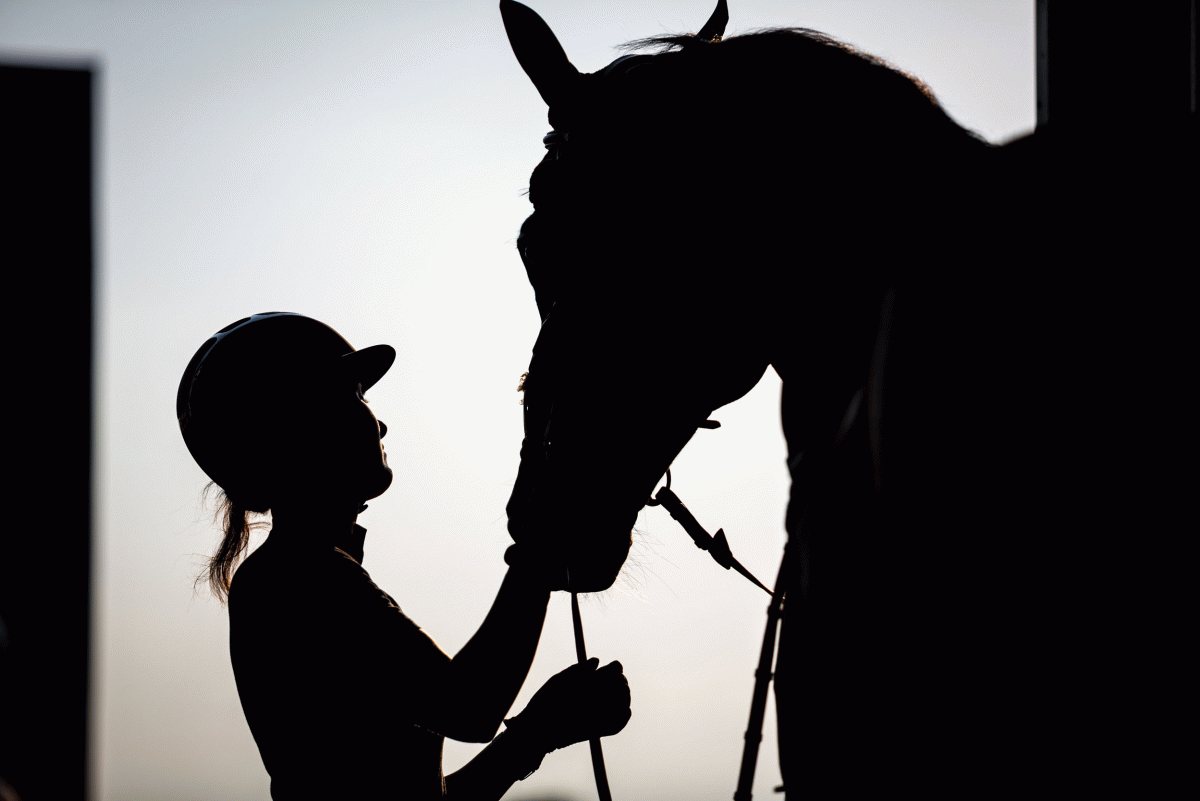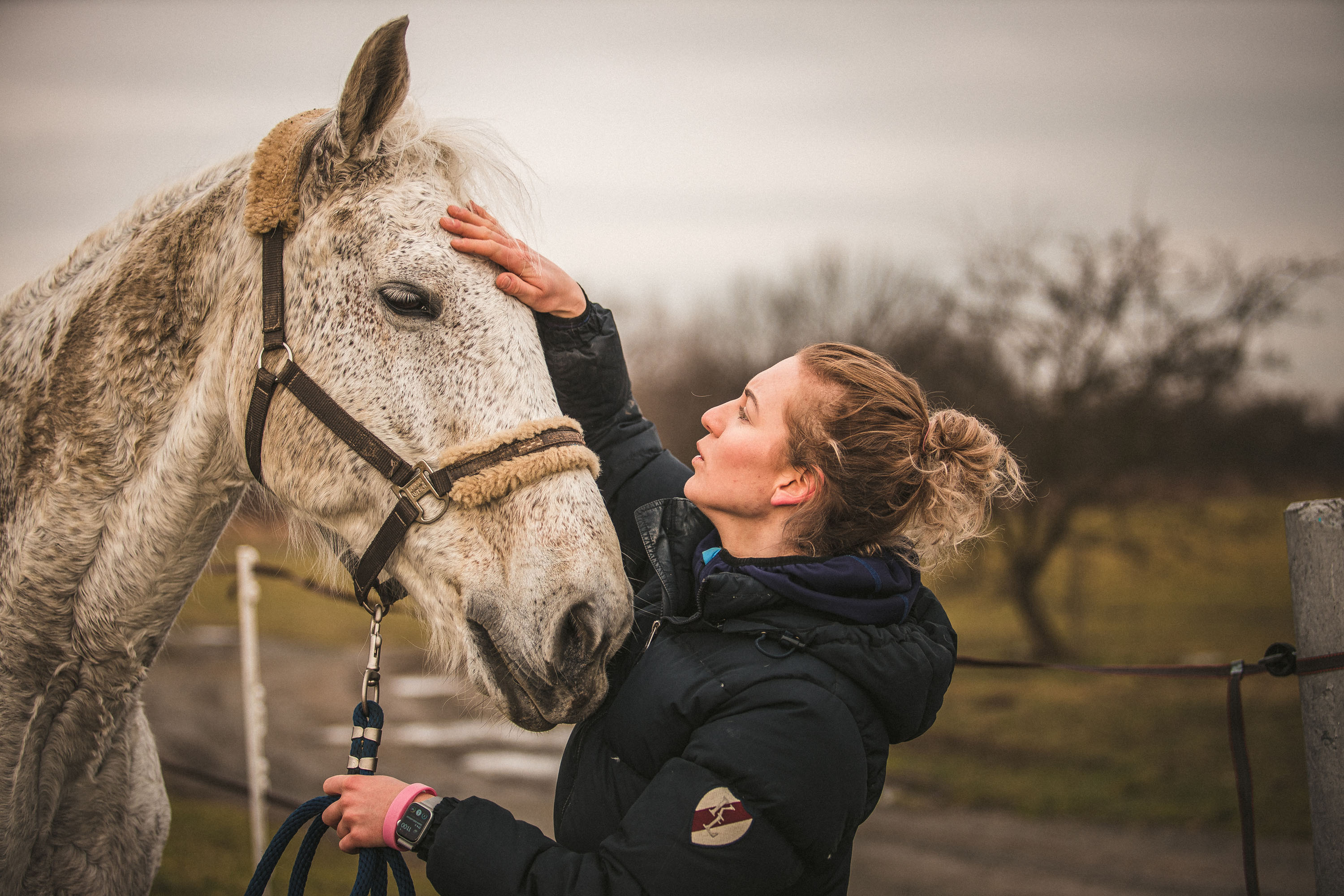
We often wish our horses could talk to us. But what if we could do it the other way round – what if we improved our behavior and communication so our beloved partners could understand us better?
Almost all problems with horses can be solved by better communication or motivation. Today, we are looking into the issue of motivation. But before we dive into that, there is an important question to ask. Are you polite to your horse? Just as you prefer the polite colleague to the rude one, your horse will like and respect your polite self more, too.
Everybody runs out of time, especially equestrians trying to balance their work, stable and personal lives. However, even if you are in haste, always remember to show some manners. Instead of swiftly approaching your horse, let them sniff your hand first as a kind of a greeting. Don’t just drop their legs when you’re done picking a hoof – put it gently to the ground. Show your horse these simple acts of politeness and respect every day as you build a strong relationship.

People are motivated by many things – success, money, or ribbons, to name a few. But what stimulates your horse on a daily basis? Indeed the first thing you think of is treats. Treats can help you in training, of course, but the timing of giving them is crucial because horses associate the reward with the action they had performed right before they got the treat. So when you want to reward your horse, you reach into your pocket for a treat, and your horse moves their nose toward your pocket before getting the treat; they may connect the treat with your pocket, not the action you are actually rewarding them for.
Another way to motivate your horse is play. It isn’t used very often because horses are much bigger than us and we don’t want to get hurt. But letting your horse’s natural curiosity arise within a play may be a good way to motivate a spooky horse.
The tool equestrians (often unknowingly) use the most is motivation by comfort, or rather motivation by releasing discomfort. If you think about it, we use this way of communication every day. When we want our horse to move aside, we apply pressure on their body, and the horse moves away from the pressure. When we want our horse to go faster, we put our leg on, and when the horse fastens, we release the pressure. When we lead our horse into a paddock, and they want to be too quick, we pull the lead rope until they slow the pace. See where this is going? Let's look at two model situations where you can benefit from this type of motivation.
Your horse is afraid of that colorful fence in the arena. In this situation, many riders would simply force their horse all the way toward the fence. But as you now know the basics of horsey motivation, you know better. As you approach the fence, be aware of your leg’s pressure and apply it only when the horse doesn’t want to move forward. Reward any willingness with released pressure. As you come to the fence, the fear should change into curiosity. Let them sniff the fence and even touch it. When they become indifferent at least a bit, pat yourself – the goal has been accomplished!
Many horses don’t like their head to be brushed. They try to lift the head high, and as a result, you stop grooming them, which is the wrong reward here. Be patient and keep gently brushing them through their protests. When the horse stops protesting, it’s your turn to reward them by withdrawing the brush, even for a little while. This way might be lengthy, but with steady practice, your horse will learn that when they keep still, the reward (in this case, releasing the uncomfortable pressure) will soon come.